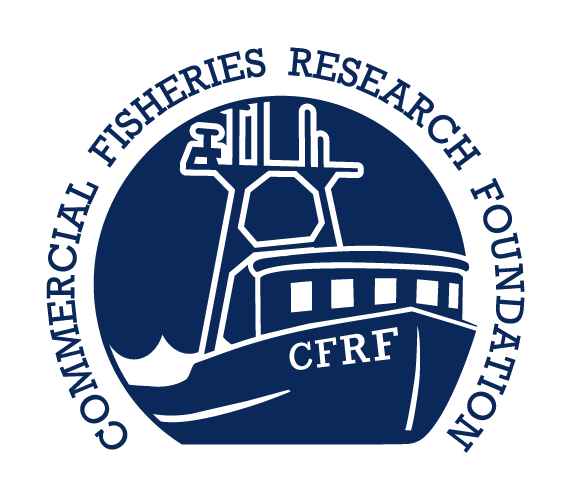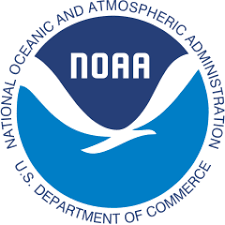Fostering the Development of Automatic Squid Jigging in Southern New England
Captured Longfin Inshore Squid (Doryteuthus pealeii). Credit: Braun Seafood
general description:
Recently, the CFRF piloted the use of automatic squid jigging gear aboard commercial squid trawling vessels. Our results indicated that further testing is needed to refine the application of this technology and improve the fishing technique to increase squid catch rates. As a result, and in response to local and regional interest in trialing these machines, we are launching a free lending program for our 4 squid jigging machines. This program will enable local fishermen to test the machines independently during their own fishing trips, while CFRF staff will assist with initial setup and operational support. The program aims to promote sustainable harvesting techniques that can have economic, social, and ecosystem benefits.
Project objectives:
Create a free gear lending program.
Collect information on squid jig machine methodology, environmental conditions, and associated catch.
CFRF staff will record information on initial settings and captains will be given a form that guides them to record any changes in machine settings and configurations as well as environmental factors and catch information.
Communicate findings to the fishing and management communities.
Two of the Belitronic machines being lent for this project.
project team:
Commercial Fisheries Research Foundation
Matt Rodriguez - Project Lead
Noelle Olsen - Project Lead
Dr. N. David Bethoney - CFRF Executive Director
Commercial Fisheries Center of Rhode Island
Fred Mattera
Project participants:
2024
Brady Lybarger, Captain, F/V Salted
Aaron Williams, Captain, F/V Tradition
2025
Ken Baughman, Captain, F/V Chaser
John Lee, Captain, F/V Jennifer Lee
Paulo Cristelo, Captain, F/V Princess Scarlett
Project expectations:
The aim of this project is to help harvesters diversify and sustain their businesses by introducing an innovative technique for harvesting squid commercially through the use of automatic jigging machinery. We plan to provide these machines to local fishermen without any cost, allowing them to use their ample ingenuity to test and modify them in any way they see fit. This will also help us obtain significant amounts of data on the most effective application of this novel technology in the area. With this data, we aim to develop an optimal method for using this gear and evaluate its potential economic viability.





